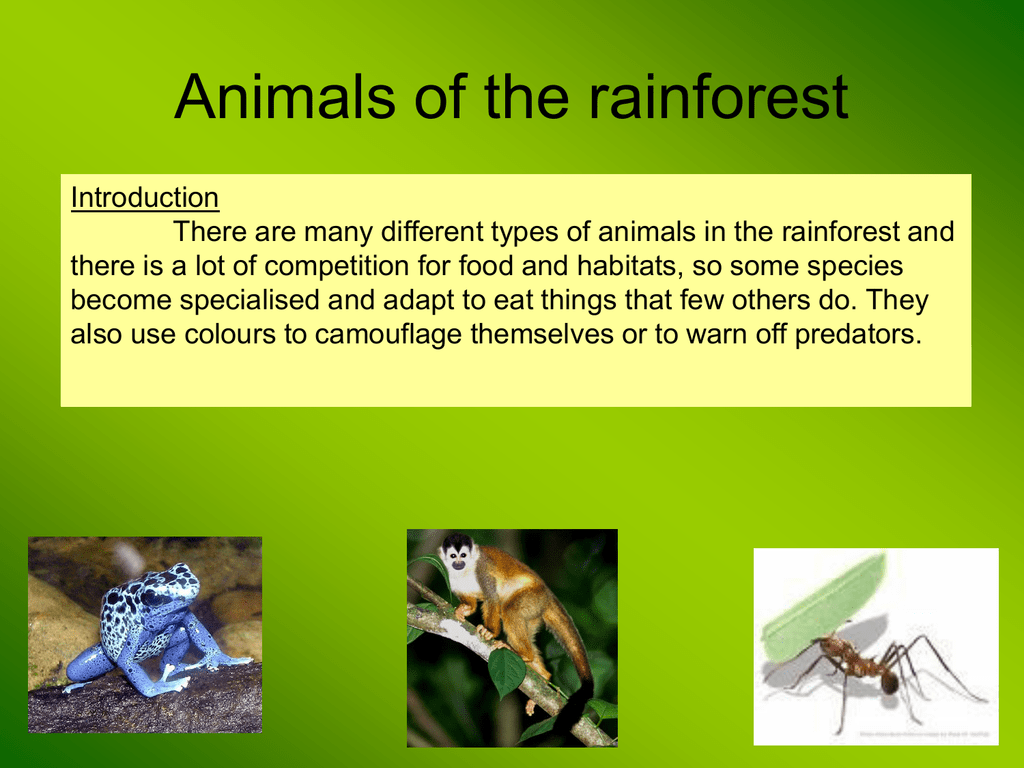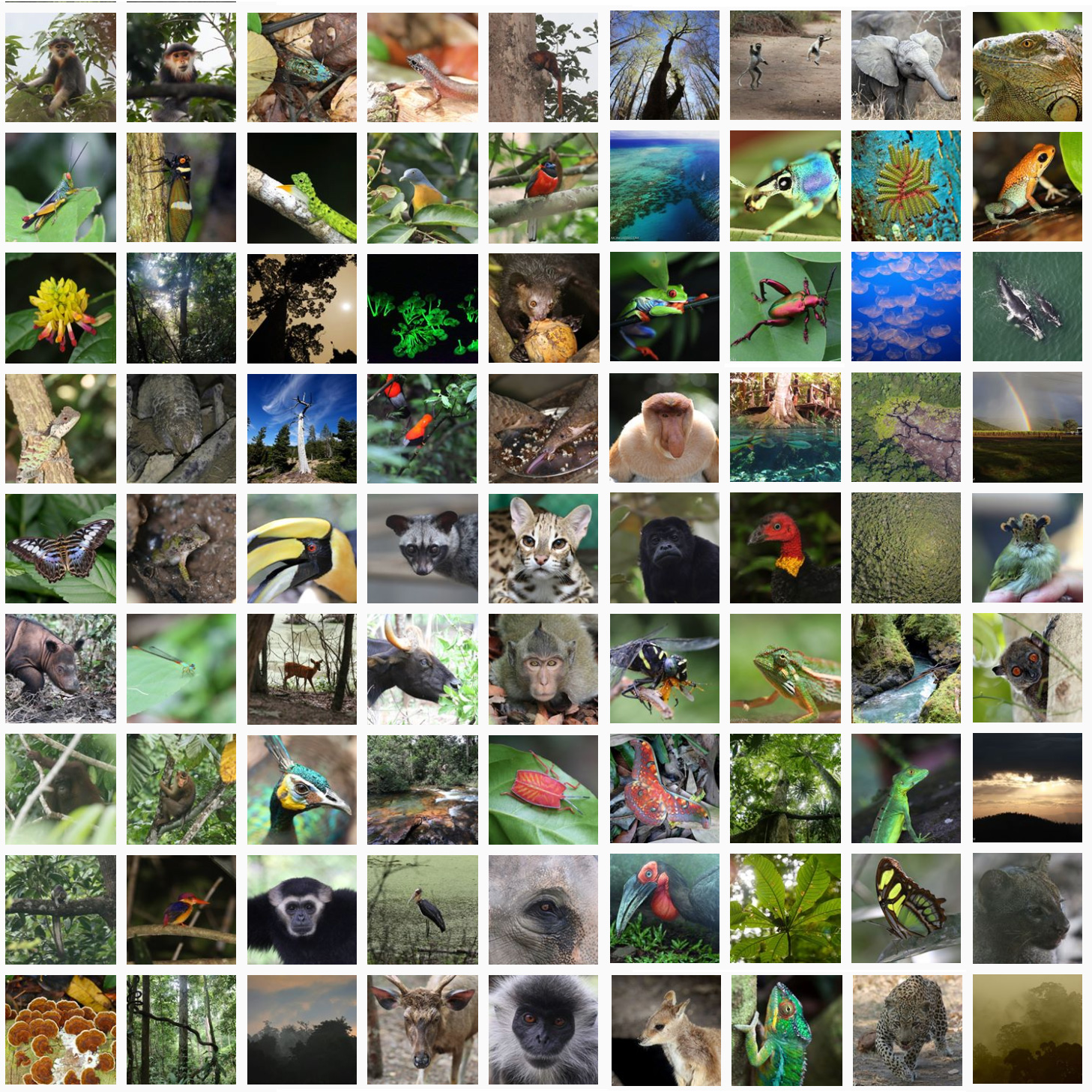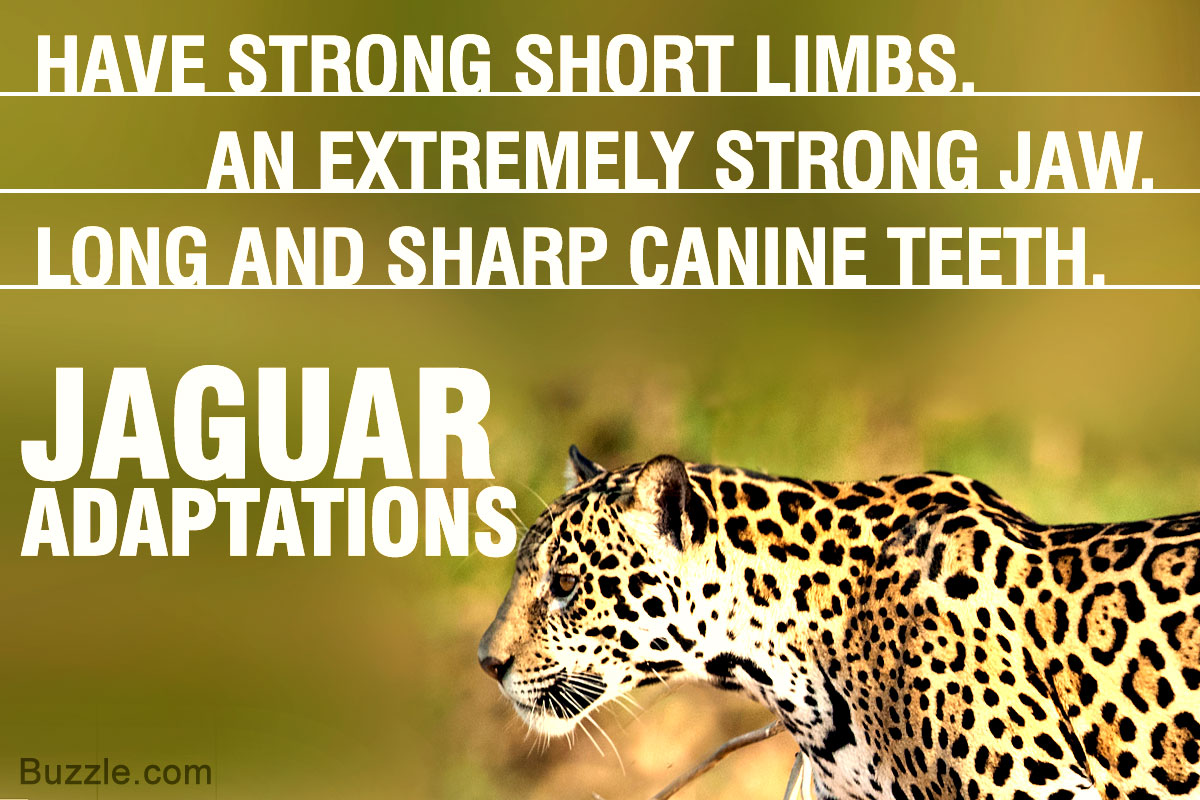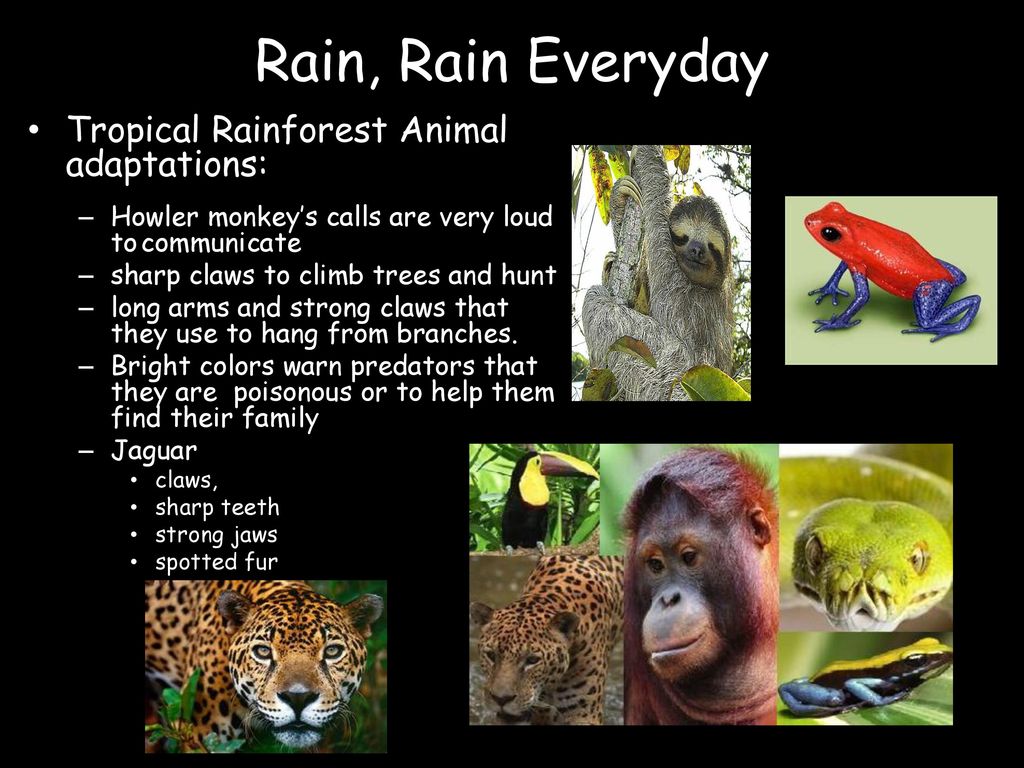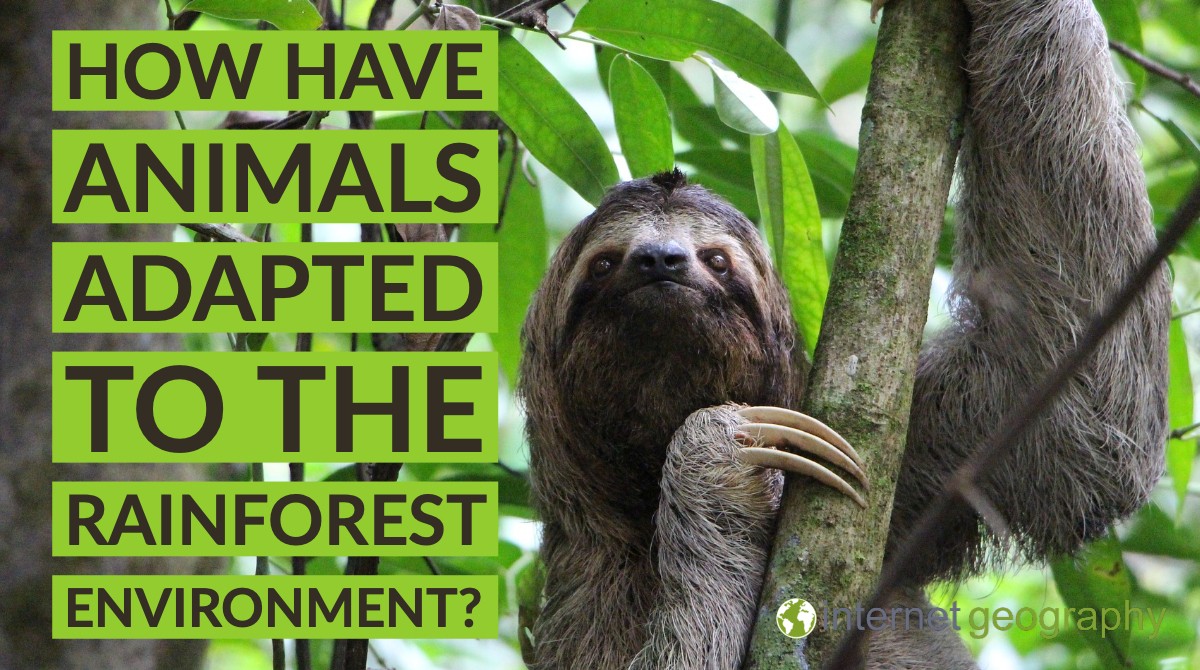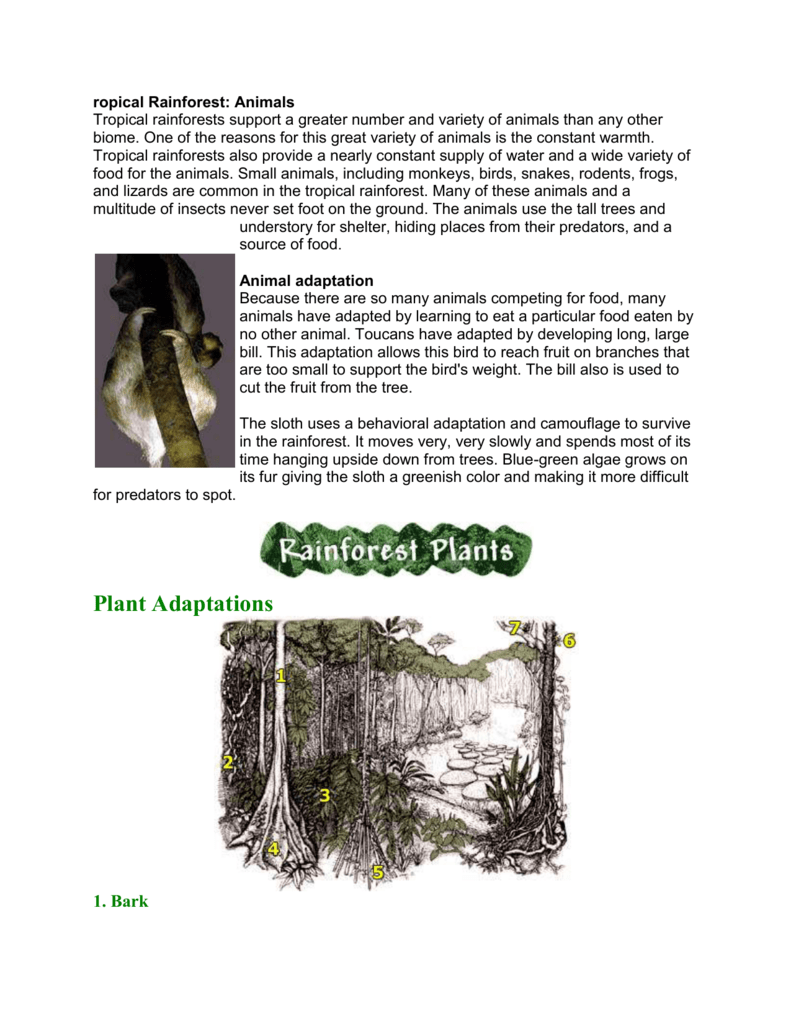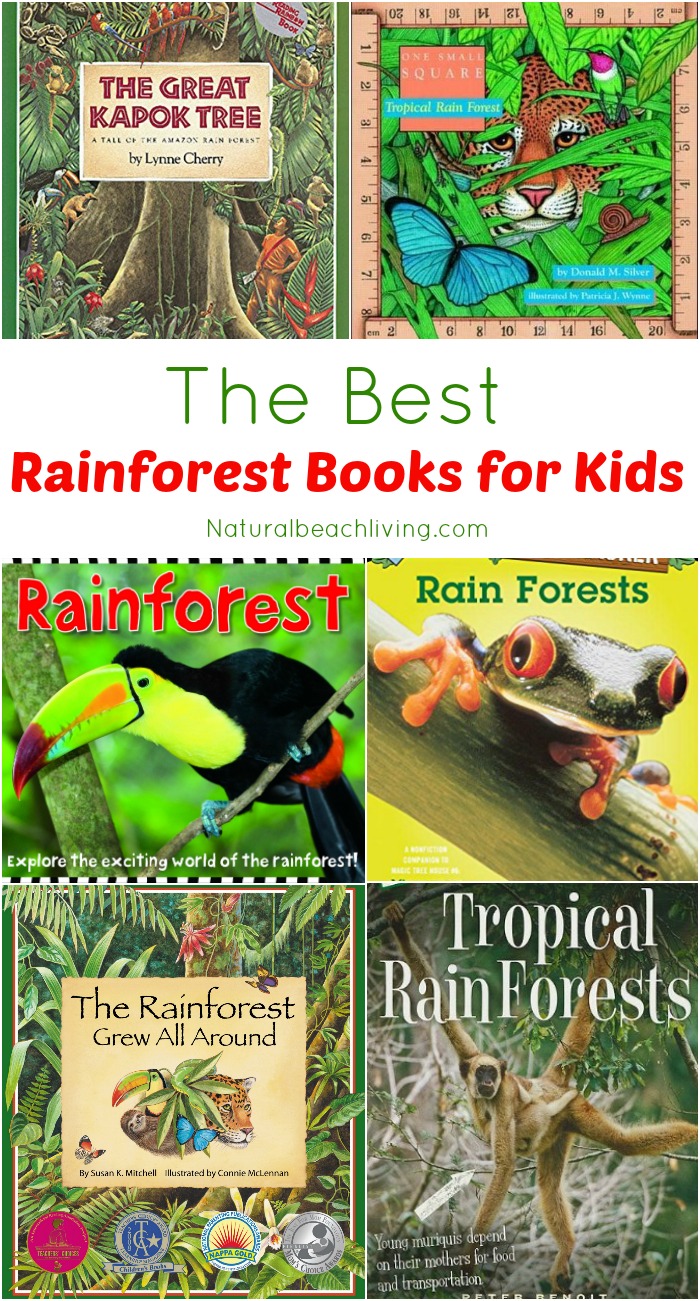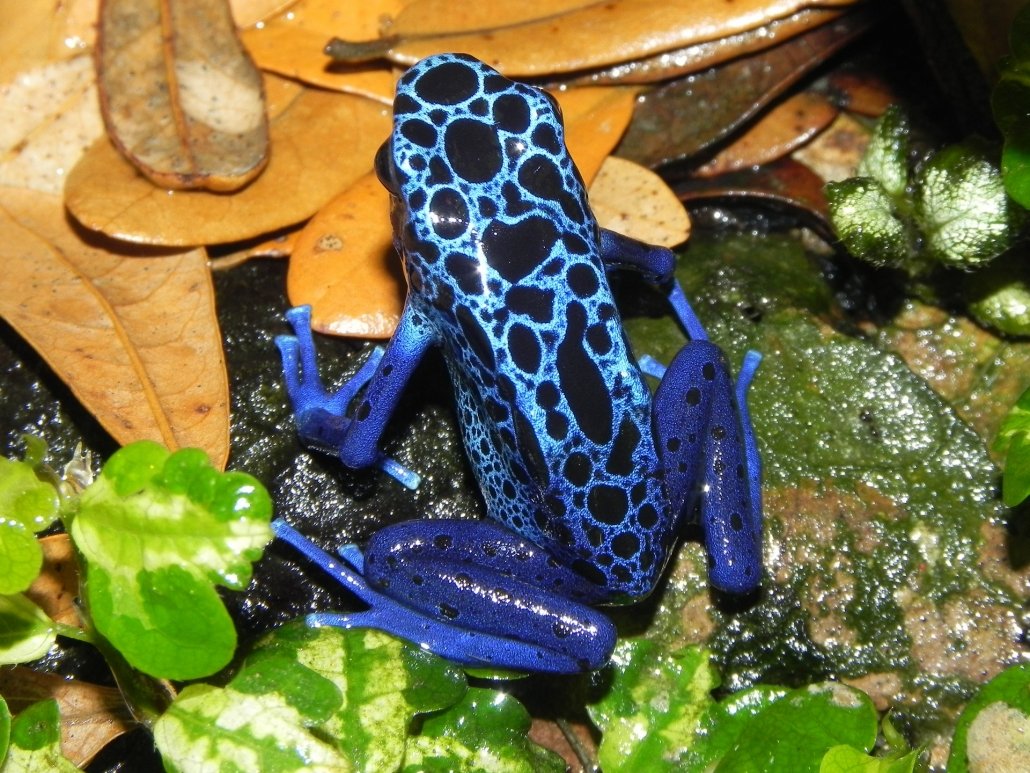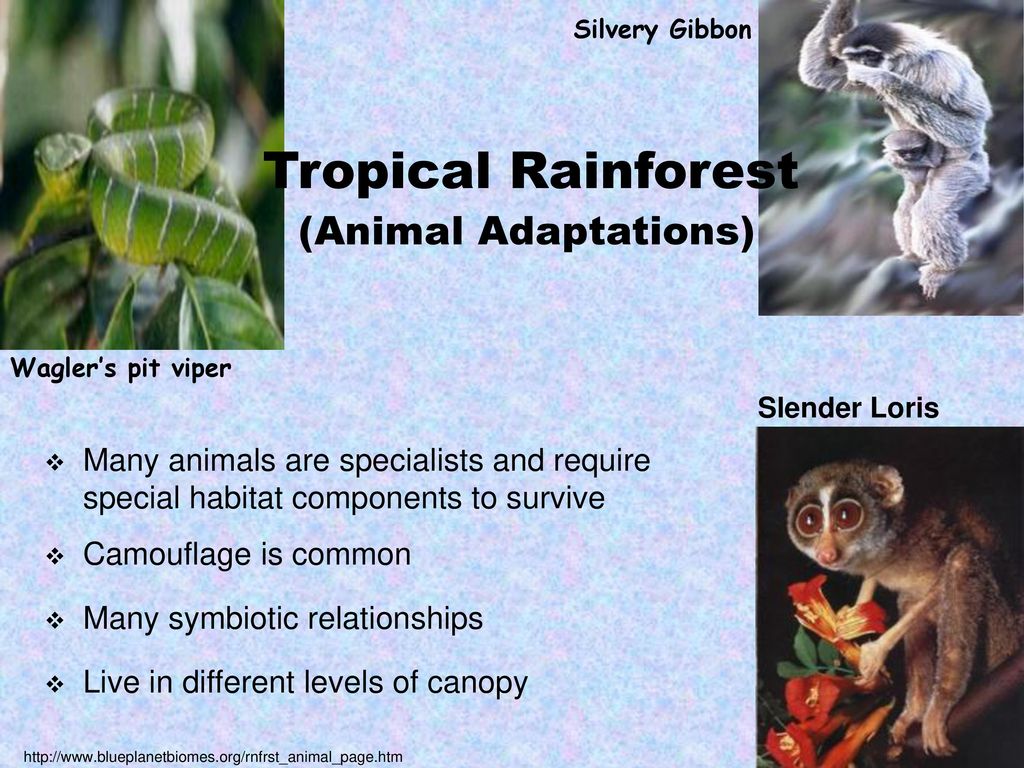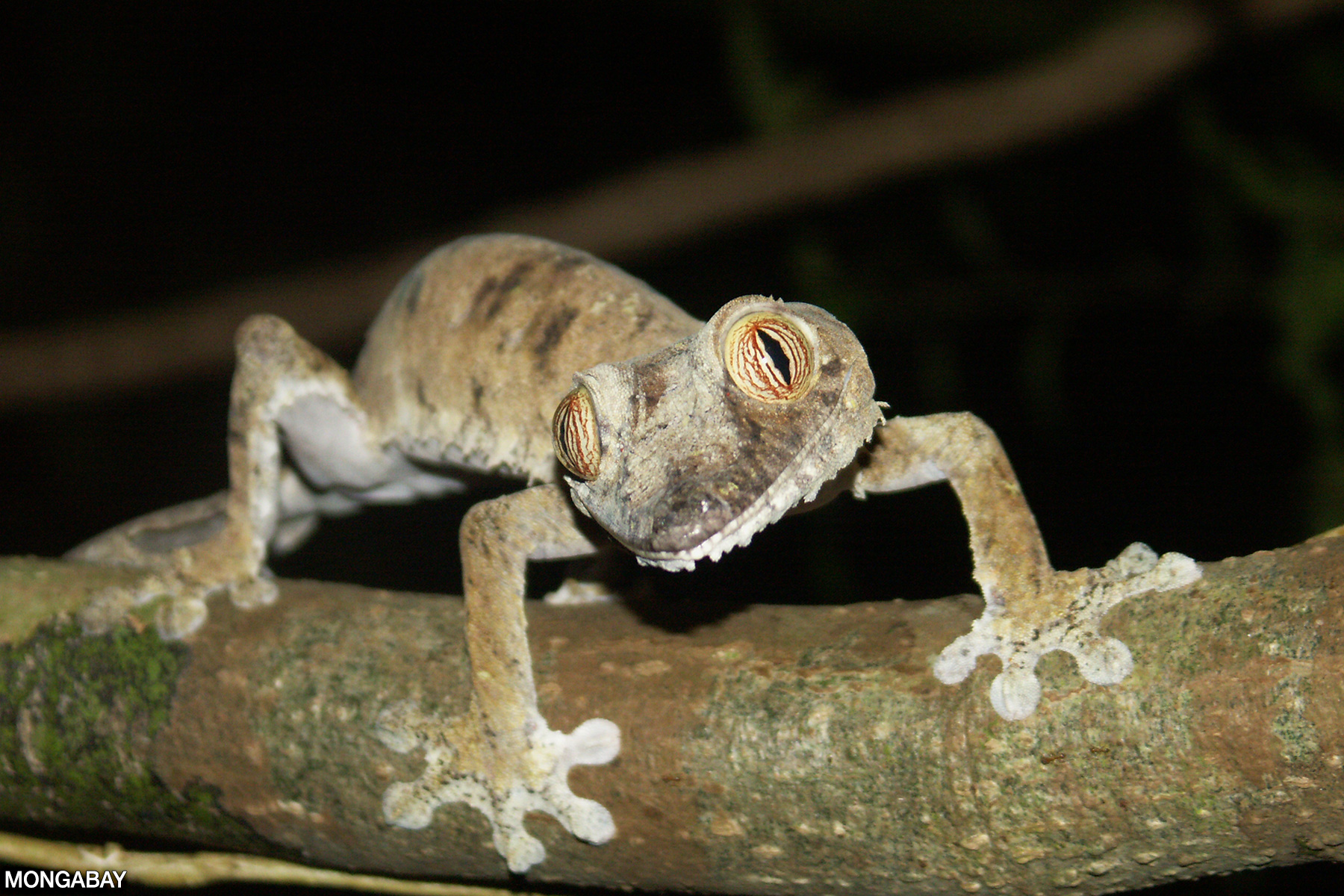Rainforest Animals Adaptations List

In this article lets explore top seven tropical rainforest animal adaptations.
Rainforest animals adaptations list. Starting with looking at photographs and discussing any adaptations they can see pupils then gather adaptation information from fact sheets around the room and return to their groups to share their findings. Although three-toed sloths are both diurnal and nocturnal theyre largely inactive during the day. Despite the rich vegetation and animal life found in the rainforest many adaptations have had to occur to allow these species to remain alive.
Amphibians such as poison dart frogs and the red-eyed tree frog. Animals of the rain forests are provided with a variety of habitats in the different layers of the forest trees. The canopy tallest tress in the rainforest can release 200 gallons of water each year into the atmosphere.
Large cats such as the puma A collaborative activity in groups of four pupils on how animals are adapted to live in the rainforest. But because of the high rainfall the animals must also grow thicker coats that protect them from the moisture. Camouflage mimicry having a limited diet poison reduction of size and stature and changing of.
Jaguars usually hunt alone and use the height of the trees to narrow down their targets and attack them. Article by Animal Spot. The sloth uses camouflage and moves very slowly to make it difficult for predators to spot.
Jaguars typically climb on trees to hunt for their prey. Rainforest animals scroll down to see the entire list. These are generally to do with obtaining nutrient obtaining maximum sunlight encouraging water run-off from leaves or avoiding being eaten by insects or animals.
Sloths have adapted to the rainforest ecosystem in several ways. Animals in tropical rainforests can be as diverse as exotic birds colorful frogs large insects and large cats. Many rain forest animals use adaptations to carve out their own niches and protect.
